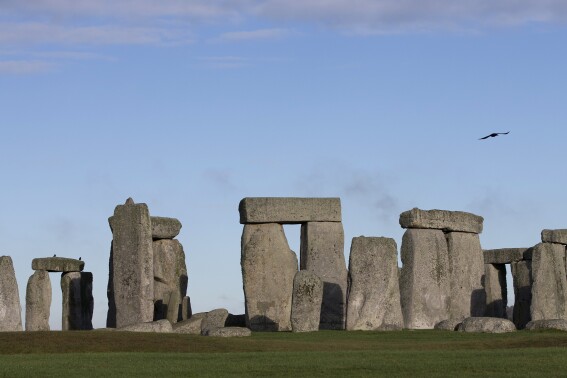The conventional view of a unique early Christian building dating to the 3rd century has been challenged by experts.
The remains of the structure, which was constructed around A.D. 232, is in the ancient city of Dura-Europos, a Roman garrison town in what is now eastern Syria.
Since being discovered more than a century ago, the structure—known simply as the "Christian Building"—has widely been considered to be an important example of early Christian architecture.
Scholars have previously classified the structure as a domus ecclesiae, or "house church"—the only known example of such a building. The classification refers to a domestic space that was renovated for worship by Christians at a time when practicing their faith openly could result in persecution. In the case of the structure at Dura-Europos, this renovation is thought to have occurred a couple of years after its construction.
In this view, it is seen as a steppingstone between the private homes used for Christian worship referenced in the New Testament and the basilicas constructed under the Roman Emperor Constantine.
But in a study published in the Journal of Roman Archaeology, a pair of researchers have proposed an alternative explanation for the structure. In the paper, they argue that the building was no longer domestic in form or function after undergoing renovations to accommodate religious rituals and, thus, that it should not be described as a "house church" at all. Their findings cast doubt on the validity of the domus ecclesiae category.
"At Dura-Europos, homes were architecturally adapted across the late 2nd and 3rd centuries by different religious groups to serve the needs of their communities," the authors wrote in the study.
Among the homes that appear to have been adapted for religious purposes were the Christian Building, a synagogue and a Mithraeum—a type of temple erected in antiquity that was dedicated to the Roman god Mithras.
"Although the Synagogue, Mithraeum, and Christian Building all began as domestic structures and share a similar architectural development, the origins of the latter have received unique attention through its classification as a domus ecclesiae or house church. This [hyper]focus on the structure's past use as a house does not do full justice to the archaeology of the building," the authors wrote in the study.
Through an analysis of architectural adaptations, including before-and-after 3D reconstructions and daylight simulations, the authors show how the renovations significantly differentiated the Christian Building from the previous domestic space, and from the ancient city's houses more broadly.
"Dialogues within the academy as well as in popular culture give the impression that Christians had, prior to Emperor Constantine, gathered and worshipped in pseudo-domestic spaces," Yale University Department of Religious Studies' Camille Leon Angelo, an author of the study, said in a press release. "But if this is the only securely dated example we have, and it wasn't in fact particularly or even somewhat domestic, then why do we keep up that perception?"
The Christian Building stood on the same street in Dura-Europos as the synagogue and the Mithraeum.
"But we don't say 'house synagogue,' or 'house Mithraeum.' We allow them to stand on their own," Angelo said. "So if we have a building that follows the same architectural trajectory in the city, why are we emphasizing the structure's domestic origins? We wanted to know, how domestic was it, and how would it have been seen by the community?
"The Christian building had little akin to any domestic space at Dura, and therefore calls the narrative of early Christianity's material origins into question."
Do you have a tip on a science story that should be covering? Do you have a question about archaeology? Let us know via science@newsweek.com.
References
Angelo, C. L., & Silver, J. (2024). Debating the domus ecclesiae at Dura-Europos: The Christian Building in context. Journal of Roman Archaeology, 1–40. https://doi.org/10.1017/S1047759424000126
Disclaimer: The copyright of this article belongs to the original author. Reposting this article is solely for the purpose of information dissemination and does not constitute any investment advice. If there is any infringement, please contact us immediately. We will make corrections or deletions as necessary. Thank you.



